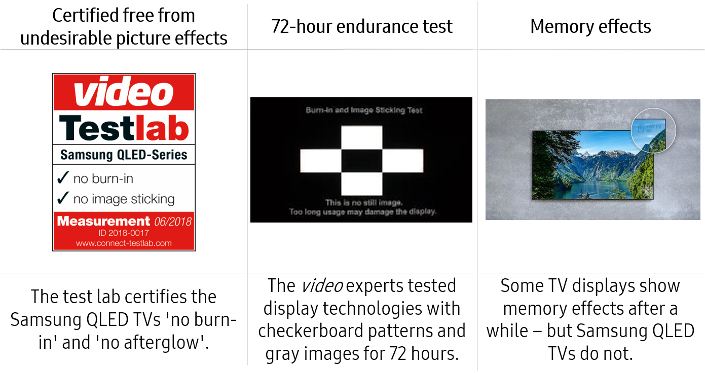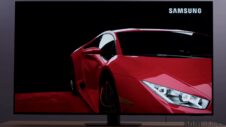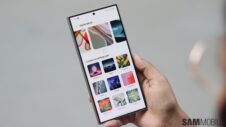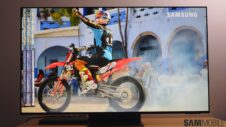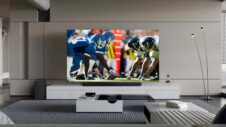Samsung has been facing fierce competition from rivals’ OLED TVs in the market. The Korean company’s decision to no longer make any OLED TVs has turned out to be a drawback in the premium TV segment crowded by competitors’ OLED offerings. To counter the growing threat, Samsung has been working to inform the customers about the issues associated with OLED TVs.
Prominent among Samsung’s attacks on OLED TVs is the burn-in issue. The company’s marketing has been quite vocal about the burn-in problem associated with the OLED panels and has even tweaked the warranty policy of its QLED TVs to boast about the absence of burn-in issues in its TV lineup. Samsung’s attacks were so aggressive that LG even decided to take legal action against these allegedly misleading claims.
Proves Samsung's premium TVs are more durable
Samsung seems to be in no mood to change the strategy and is continuing to focus on the burn-in effects. In a new press release on its website, Samsung is boasting about the absence of any burn-in in its QLED TVs according to a new test conducted by Video, a German tech magazine, in collaboration with a global testing lab named Connect Testlab.
The certification test was based on the Information Display Measurements Standard (IDMS), an international standard for measuring panels, and showed that Samsung’s 2018 QLED TVs were devoid of burn-in and afterglow problems. According to Samsung, this 72-hour endurance test reaffirms that Samsung’s premium TVs are more durable than other offerings.
OLED TVs indeed suffer from burn-in effects, but how serious are these problems is a matter of contention. OLED TV manufacturers argue that these issues are blown out of proportion and are a minor inconvenience compared to the stupendous picture quality offered by the OLED panels. Samsung focusing more, directly or indirectly, on the drawbacks of OLED TVs doesn’t necessarily paint a very positive picture of its QLED TV lineup.
